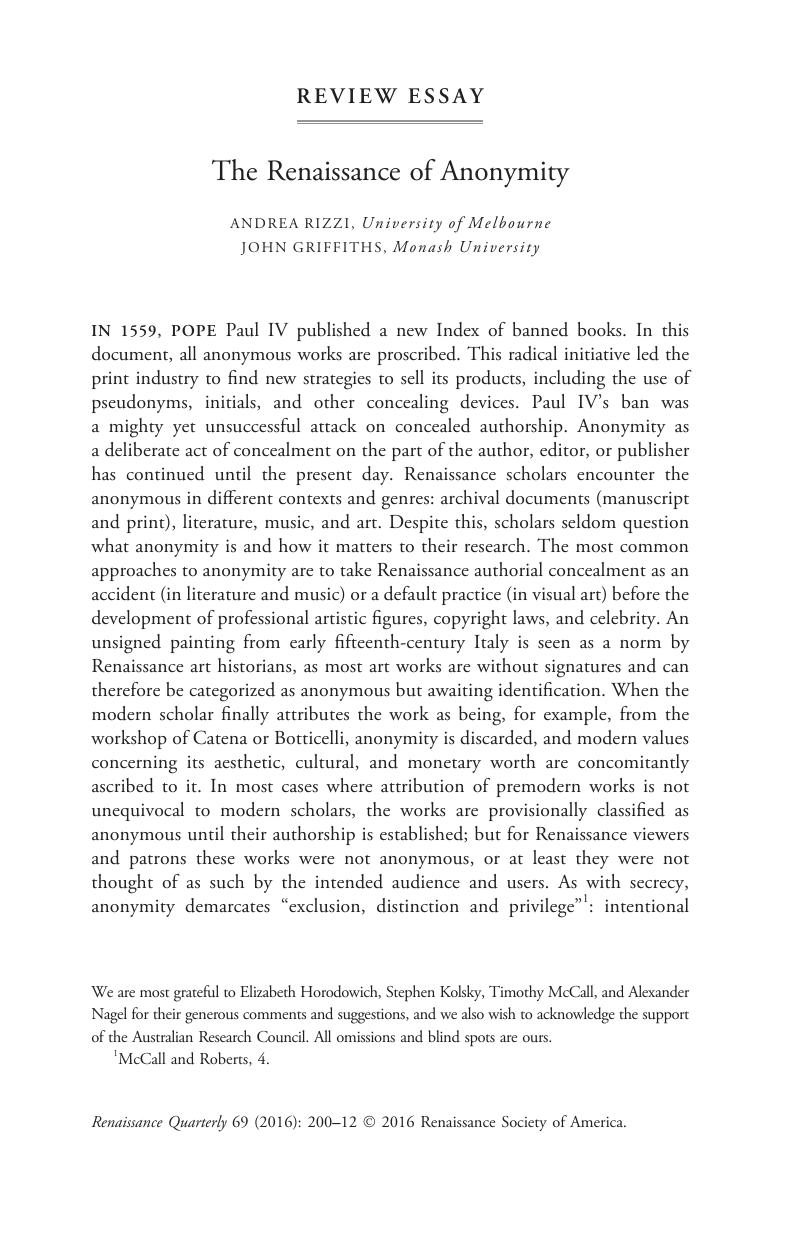Crossref Citations
This article has been cited by the following publications. This list is generated based on data provided by Crossref.
Radermecker, Anne-Sophie V. E.
2019.
Artworks without names: an insight into the market for anonymous paintings.
Journal of Cultural Economics,
Vol. 43,
Issue. 3,
p.
443.
Braida, Lodovica
2022.
Anonymity in Eighteenth-Century Italian Publishing.
p.
1.



